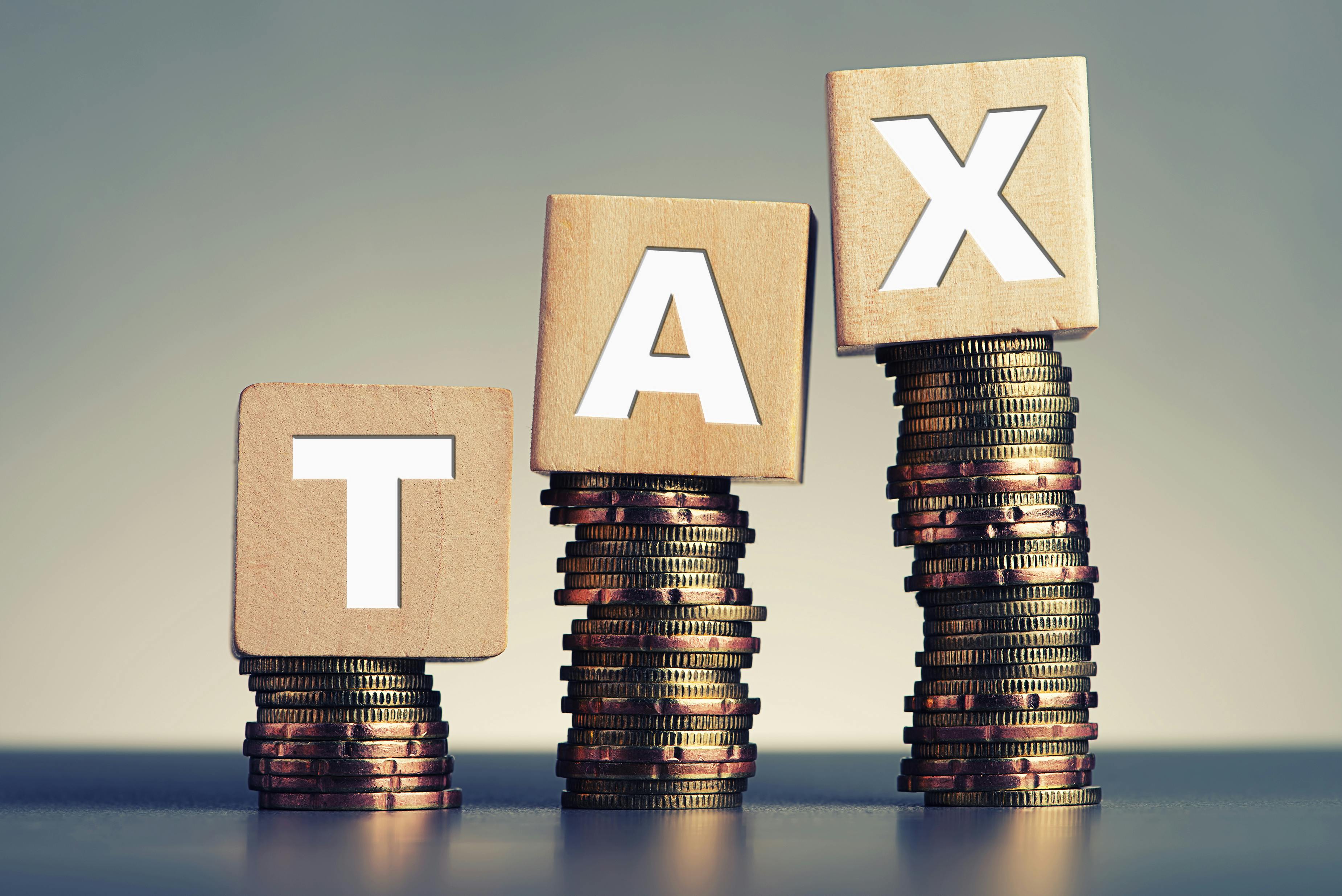Tax Planning
September 8, 2023
As we head into fall, now’s the time to start planning for the upcoming tax season. With higher interest rates, you may see a higher tax bill next April. While we won’t complain about the higher income generated from rising rates, it’s worth reviewing portfolios to make sure they are as tax efficient as possible.
Higher interest rates are a good thing for investors as they can provide a stable source of income. The Fed’s inflation fighting stance has taken the overnight rate from 0% in March 2022 all the way to 5.50% today. This provides a great alternative for income-seeking investors. After years of being pushed into stocks to find income, often taking on more risk than they were comfortable with, bonds now provide investors with a more consistent stream of cash flow.

The problem is that bonds aren’t as tax efficient as stocks. Interest income on bonds is taxed as ordinary income (municipal bonds are the notable exception). That means you pay anywhere from 10% all the way up to 37% on your interest income, depending on your tax bracket. That’s higher than what you pay on stocks, where capital gain and dividend tax rates range from 0% up to a max of 20% (possibly 23.8% if you qualify for the Medicare surcharge tax of 3.8%). $100 earned in interest income becomes $68 after tax if you’re in the 32% bracket, while $100 earned in dividends would be $80 after tax if you’re in the 20% capital gains bucket.

This isn’t to say you should weight your portfolio more heavily to stocks than bonds for tax purposes. There are a lot of factors that go into an investment objective – risk tolerance, timeframe, income needs, other sources of income, stability, etc. Tax is just one of the many factors that should be considered. As the saying goes, “never let the tax tail wag the investing dog.”
If your risk tolerance and timeframe favor long-term investing, stocks do have some nice, and often underappreciated, tax characteristics. In fact, the IRS may be the most lenient banker you’ve ever met.
When a stock appreciates in value, there is a deferred tax liability – an unrealized capital gain. As long as you don’t sell the stock (realizing the gain), the IRS will let you keep rolling that liability forward, not having to pay taxes. In essence, the IRS is giving you an interest free loan – letting you invest and generate returns on the money owed to them. And it’s up to you when you decide to repay that loan. Maybe it’s just me, but using the government’s money to help compound portfolio returns makes me happy!
When the time comes that your account passes from you to your heirs (depending on your estate characteristics), the IRS is gracious enough to cancel your tax liability outright. The inheritors of your appreciated holdings are given a “step-up” in cost basis, wiping out the unrealized capital gain.
That’s why whenever we are contemplating a trade in your account(s), we do a tax analysis. We do the math, based on our assumptions, to make sure the security we are purchasing is a better investment (yield, appreciation potential, risk characteristics) compared to the security we are selling. Part of that analysis is making sure the new security is attractive enough to justify paying the taxes on the sale.
Another way to help manage your tax liability is tax loss selling. In any diversified investment portfolio, there are likely some winners and a few losers. The IRS lets us sell the losers, capturing the capital loss for tax purposes (as long as we follow their guidelines to avoid wash sales). Those realized losses can be used to offset any capital gains for the year, lowering your tax liability. If no gains were realized that year, you can use up to $3,000 of the capital loss to offset ordinary income. Any unused realized capital loss can be carried forward indefinitely to help offset future capital gains. We would be happy to run a tax loss harvest scenario on your taxable account(s) and sit down and discuss it with you at your convenience.
A few final tax reminders:
Required Minimum Distributions (RMDs)
- If you haven’t yet taken your 2023 RMD from your IRA, we’d be happy to help coordinate this with you in the coming weeks.
- RMD’s now start at age 73, so if you turned 73 in 2023, you need to start taking the required distribution. Please contact us if you have any questions.
Gifting: Are you planning any gifting as we approach year-end? There are a number of tax-efficient options for your investment accounts:
- Qualified Charitable Distributions (QCDs) from your IRA can offset some or all of your RMD. You can make direct donations from your IRA (up to your RMD level or $100,000, whichever is lower), and the donated amount is excluded from ordinary income.
- Donations of appreciated stock from your taxable account(s) are a very efficient gifting option. The entire fair market value of the donated stock is a deduction on your tax return, and you avoid paying capital gains tax on the sale. Win-win.
If you have any questions about your account(s), or if there has been a change in your financial situation or investment objectives, please feel free to contact any member of our team at (406) 839-2037 to schedule a meeting.
